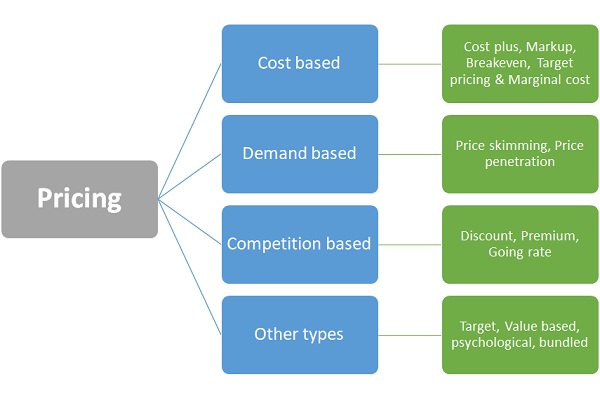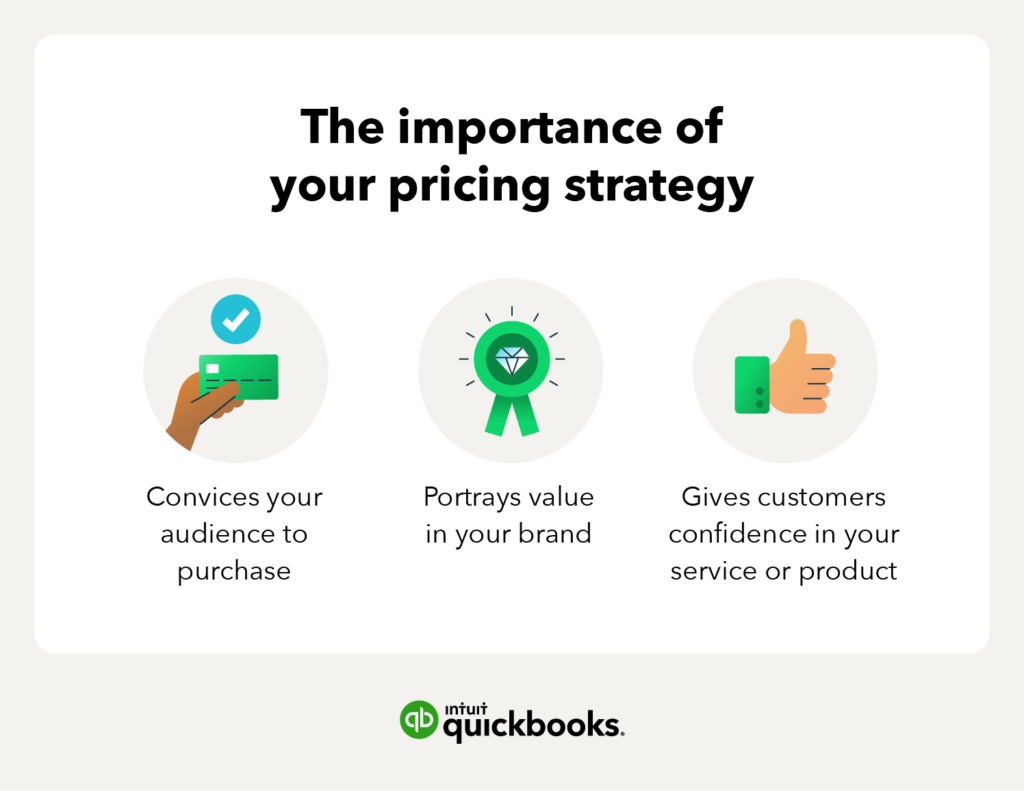Have you ever wondered about the crucial role that pricing strategy plays in marketing? Well, buckle up as we embark on a journey through the fascinating world of pricing and its profound impact on a company’s overall marketing success. In this article, we will explore how pricing strategy is not just about setting a number on a product or service, but rather a strategic tool that shapes consumer behavior, positions a brand in the market, and ultimately determines profitability. So, get ready to uncover the secrets behind effective pricing strategies and how they can make or break a marketing campaign.
The Importance of Pricing Strategy in Marketing
Pricing strategy plays a crucial role in marketing as it significantly impacts a company’s overall success. By setting the right price for a product or service, businesses can effectively differentiate themselves from competitors, maximize profitability, and build a strong brand image. In this article, we will explore the various aspects of pricing strategy and its importance in marketing.
Setting the Right Price
One of the primary objectives of pricing strategy is to set the right price for a product or service. Determining the optimal price requires careful consideration of various factors, including production costs, target market demand, and competitor pricing. A well-calculated price not only ensures that the product is affordable for customers but also offers sufficient profitability for the company. By strategically setting prices, businesses can attract their target audience and establish a sustainable market position.
Positioning in the Market
Pricing strategy plays a significant role in positioning a company within the market. By offering products at different price points, businesses can target various customer segments. For example, luxury brands often use premium pricing to position themselves as exclusive and high-end, while discount retailers utilize low prices to appeal to price-sensitive consumers. The chosen pricing strategy directly influences how customers perceive a brand and its products in relation to competitors, allowing businesses to carve out a unique market position.

Maximizing Profit
Maximizing profitability is a fundamental goal for any business. An effective pricing strategy enables companies to achieve this objective by balancing revenue generation and cost management. By carefully analyzing pricing data, businesses can identify the optimal price point that maximizes profit margins. Additionally, pricing strategies can also be used to drive customer behavior, such as enticing customers to purchase higher-priced products or promoting larger quantities through bulk pricing, which further contributes to overall profitability.
Creating Value Perception
Pricing strategy is closely tied to how customers perceive the value of a product or service. A well-executed pricing strategy can create a perception of high value, prompting customers to believe that they are receiving a product or service that is worth more than what they are paying for. Companies can strategically use pricing to align their offerings with the perceived value of their target market, thus influencing purchase decisions and building customer loyalty.

Competitive Advantage
Pricing strategy is a powerful tool for gaining a competitive advantage in the market. By differentiating on price, businesses can attract customers away from competitors and establish a stronger market presence. Offering lower prices can help businesses capture market share by appealing to price-sensitive customers. Conversely, premium pricing can be effective for brands that focus on distinct features, quality, or exclusivity. Through effective pricing strategies, businesses can differentiate themselves and gain an edge over competitors.
Driving Customer Behavior
Pricing strategy has a significant impact on customer behavior. By strategically setting prices, businesses can influence customers’ buying decisions and encourage specific behaviors. For example, limited-time promotions and discounts can create a sense of urgency, prompting customers to make a purchase sooner rather than later. Premium pricing can also create a perception of prestige and exclusivity, enticing customers to purchase higher-priced products. By understanding customer behavior and leveraging pricing strategies, businesses can effectively drive sales and strengthen customer relationships.

Building Brand Image
Pricing strategy plays a crucial role in shaping a brand’s image and positioning in the market. A well-defined pricing strategy can convey attributes such as quality, exclusivity, or affordability, thereby influencing how customers perceive a brand. Premium pricing, for instance, can create an image of luxury and high quality, while value pricing can position a brand as affordable and accessible. By aligning pricing strategies with the desired brand image, businesses can reinforce their brand identity and create a strong connection with their target audience.
Market Penetration
Pricing strategy can facilitate market penetration by attracting new customers and increasing market share. By offering lower prices than competitors, businesses can capture the attention of price-sensitive customers who may be more willing to switch brands. This approach enables companies to penetrate new markets and expand their customer base. However, it is essential to carefully consider the long-term implications of market penetration pricing, as it may be difficult to sustain profitability without upselling or cross-selling higher-priced products.

Product Lifecycle Management
Pricing strategy plays a vital role in managing a product throughout its lifecycle. Different pricing approaches may be required at various stages of a product’s lifecycle to optimize sales and profitability. For example, introductory pricing may be used during the product launch phase to generate initial interest and encourage adoption. As the product matures, pricing strategies may shift to maintain competitiveness and maximize profitability. By continuously evaluating and adjusting pricing strategies, companies can effectively manage their product lifecycles and ensure long-term success.
Customer Segmentation
Pricing strategy allows businesses to target specific customer segments effectively. By tailoring prices to different demographic or psychographic groups, businesses can attract and retain customers who align with their desired market positioning. Price discrimination can also be employed to cater to the unique needs and willingness to pay of different customer segments. By understanding the motivations and preferences of various customer segments, businesses can develop a pricing strategy that resonates with their target audience and drives sales.
In conclusion, pricing strategy plays a crucial role in marketing by influencing a company’s success in various ways. From setting the right price to strategically positioning a brand, pricing strategy impacts profitability, customer behavior, and brand image. By carefully considering market dynamics, customer preferences, and competitor activity, businesses can develop pricing strategies that effectively differentiate themselves, maximize profitability, and create a lasting impact on their target audience.











